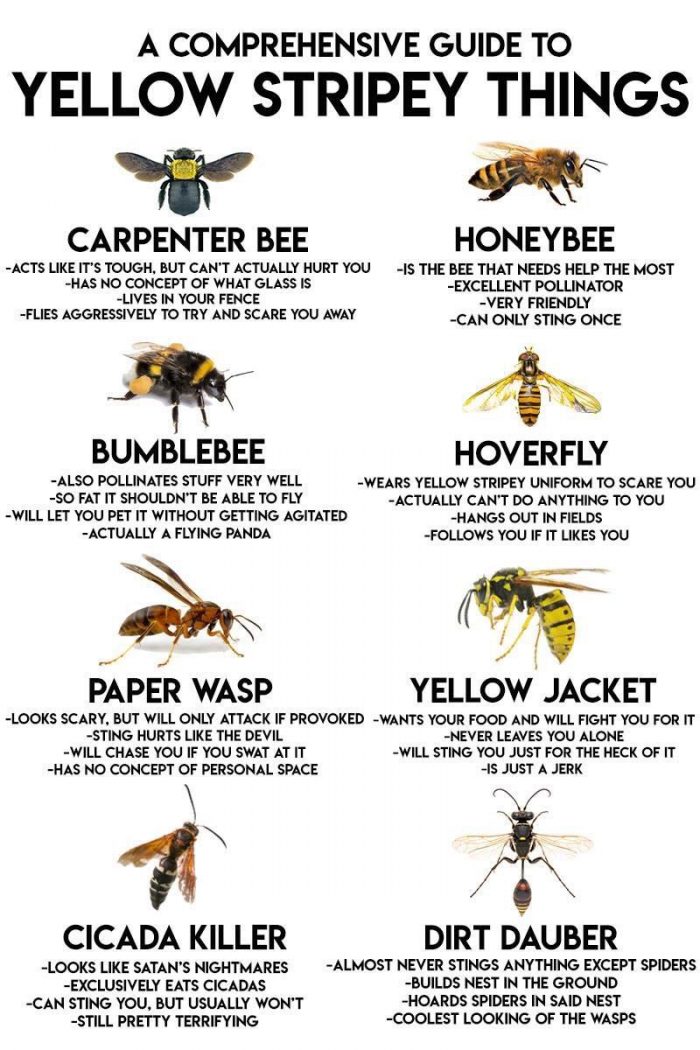
Bees are an essential part of our ecosystem. They are the pollinators that we rely on to make sure we have a healthy supply of fruits and vegetables, and they help many other plants thrive as well. Bees aren’t just important for humans though—they’re also crucial for other animals like birds, bats and butterflies. Without them, our world would be a far less colorful place! So let’s dive into some bee biology!
Bee Anatomy
Bees have a body that is divided into three sections: the head, thorax and abdomen. The head is where you’ll find the eyes, antennae and mouthparts. The thorax is the middle section of a bee’s body. It contains its wings (if it has any) along with other important organs like its flight muscles and trachea (the tube through which air passes). Finally, there’s an abdomen at each end of your bee’s body; this part houses all of its internal organs including reproductive organs for females or testes for males!
Honeybee
Honeybees are social insects, and as such, they have a queen, worker bees and drones. The life cycle of honeybees consists of three stages: egg, larva and pupa. Honeybee eggs are laid in wax cells by the queen bee; these cells contain food for the developing larvae (young bees). After about 5 days in the egg stage, honeybee larvae emerge as white grubs with no eyes or legs–they look like maggots! After another 4 days in this stage (7 days total), they turn into pupae–small brownish cocoons that hang from the ceiling of their cell. In 21 days’ time (from start to finish), these pupae will hatch out into fully grown bees ready to begin their lives as adults!
Cicada Killer Wasp
The cicada killer wasp is a type of solitary wasp that has earned its name from its ability to capture cicadas, which it then paralyzes and buries in the ground to feed its young. The cicada killer will lay eggs in these underground chambers, where they hatch and consume their paralyzed prey. Cicada killers are not aggressive or dangerous unless provoked; however, they can sting if handled or disturbed during their nesting season (July through October). If you find one at home during this time period, try leaving it alone so it can continue doing what it needs to do: find a safe place for its offspring!
Paper Wasp
The paper wasp is a species of social wasp, and can be found throughout the world. There are several subspecies of paper wasps, each with its own unique characteristics. The adult female is larger than the male and has a black or brownish body with orange wings that are tinged yellow at the tips. She may also have some red on her abdomen and face as well as stripes across her thorax (middle part). The males have more slender bodies than their female counterparts, but otherwise look very similar except for their lack of markings or coloration beyond blackness or brownness (depending on which species you’re looking at). Paper Wasps Are Known For Their Nest-Building Abilities. The nests of these insects are made out of chewed wood pulp mixed with saliva; this material hardens into an impressive structure once it dries out–the perfect home! These homes typically contain multiple chambers where larvae can grow up safely protected from predators while they develop into adults ready to take over as caretakers themselves someday soon enough after being born.”
Bumblebee
Bumblebees are social insects, and the life cycle of bumblebees is a bit different from that of other bees. Bumblebee queens lay eggs in the spring, which hatch into larvae. These larvae grow into workers and queens that live together in a colony. When fall comes around, some colonies will go through what’s called “fissioning,” which means they split into two separate entities (one with new queens and males, one with workers). Bumblebees are important pollinators because they can pollinate plants at lower temperatures than other types of bees–for example, if it’s too cold for honeybees or butterflies to fly outside!
Hoverfly
Hoverflies are a type of fly, but they don’t bite. They’re important pollinators, and they eat aphids and other pests. The life cycle of a hoverfly is similar to that of many other insects: eggs are laid on the larvae of other insects; when the larvae hatch, they consume their host; as adults, hoverflies find mates and lay eggs on new hosts. The lifespan of hoverflies varies depending on species–some live only one or two weeks while others can live up to four months in their larval stage before pupating into an adult form (this is called “complete metamorphosis”). Adult hoverflies have short lives compared with most other insects because there are so many predators out there looking for them! But don’t worry–your plants won’t suffer if you don’t see any adult hoverflies around anymore; there will always be more where those came from!
Bees are important for pollination. Bees are important for honey production. Bees are important for ecosystems, as they help to pollinate plants and flowers, which in turn provide food and shelter for other animals such as birds or mammals that would otherwise not be able to survive without them. Bees also produce honey, which can be used as medicine or food (or both!). While this may seem like a lot to take in, it’s important to remember that all of these insects play an important role in our ecosystem. Without them, we would be in big trouble! The more you know about bees and other insects, the more likely you are to help them out when needed–and maybe even enjoy spending time with them as well.
